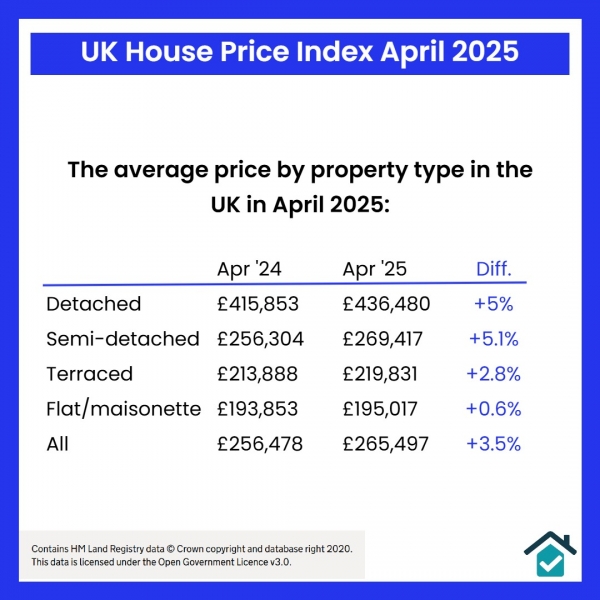Being able to calculate the rental yield of a property is vital for investors and landlords, as it helps them to identify how profitable a rental property is. Rental yield, put simply, is the return on investment a landlord might anticipate from a rental property.
The rental income, property valuation, and costs related to owning and maintaining the property are some of the key elements that go into calculating rental yield.
This is how to calculate a property’s rental yield:
Work out the yearly rental income.
Calculating the property's yearly rental income is the first step. Multiply the monthly rent by 12 to achieve this.
For instance, if the monthly rent is £700, multiplying that by 12 gives an annual rental income of £8,400.
Get a valuation
Asking an estate agent to do a valuation of your property is the easiest way to find out its current market value. It is possible to estimate by looking at the prices that nearby properties of a similar size have sold for but a knowledgeable local estate agent will be able to give you a more accurate valuation that will take into account your property's condition and any unusual features.
Work out the gross rental yield.
The annual rental income to property value ratio, stated as a percentage, is known as the gross rental yield. Divide the annual rental income by the property value, then multiply the result by 100 to get the gross rental yield.
For instance, the following formula would be used to determine the gross rental yield using the data from the preceding steps:
£8,400 is the annual rental income.
Property worth is $250,000.
Gross rental yield is equal to (8,400/250,000) x 100 = 3.34
This indicates that 3.34% of the property's value is represented by the annual rental income.
Make sure to include expenses when calculating net rental yield.
The costs related to owning and operating the property are not included in the gross rental yield. Subtract these costs from the annual rental income and then divide by the property value to arrive at the net rental yield.
Property taxes, insurance, maintenance expenditures, property management charges, and any other costs related to owning and maintaining the property are all considered expenses.
Let's say, for instance, that the property costs £4,000 in annual expenses.
To calculate the net rental yield you need to do the following:
Annual expenditures - Annual Rental Income = Net Rental Income, (£8,400 - £4,000 = £4,400)
Net rental yield is equal to (4,400/250,000) times 100 = 1.74%
Making educated decisions about the prospective profitability of a rental property is much easier when you know how to calculate the rental yield. Landlords can determine both gross and net rental yields to evaluate the return on their investment by taking into account the rental income, property value, and expenses.
If you are considering purchasing a new buy-to-let, get in touch to find out about why we could help you to manage your property.
Or if you are a current landlord, could it be time for a profitability review of your property portfolio to ensure you are maximising your investments?
Please give us a call on 01935 277977 or send an email to info@orchardsestates.com.





Share this with
Email
Facebook
Messenger
Twitter
Pinterest
LinkedIn
Copy this link